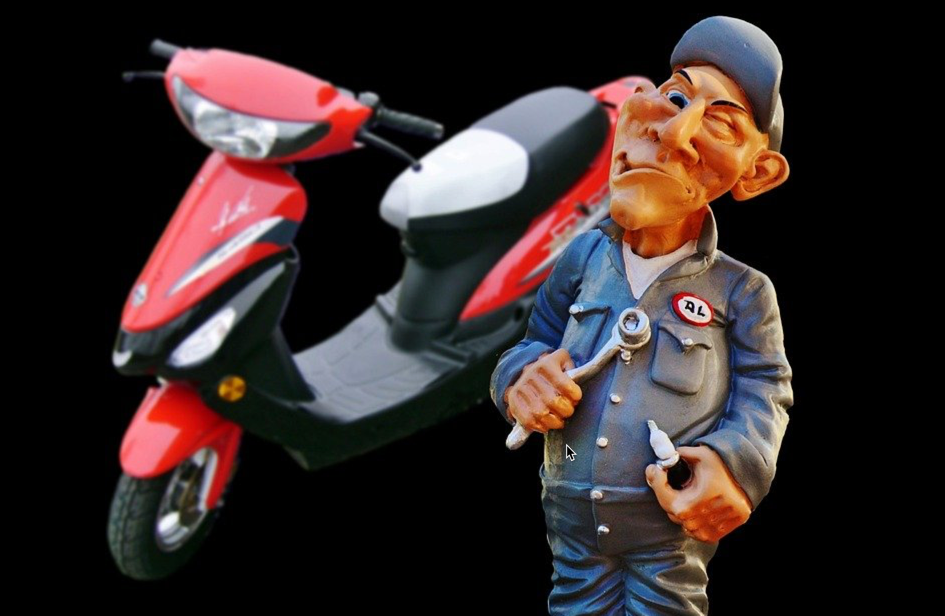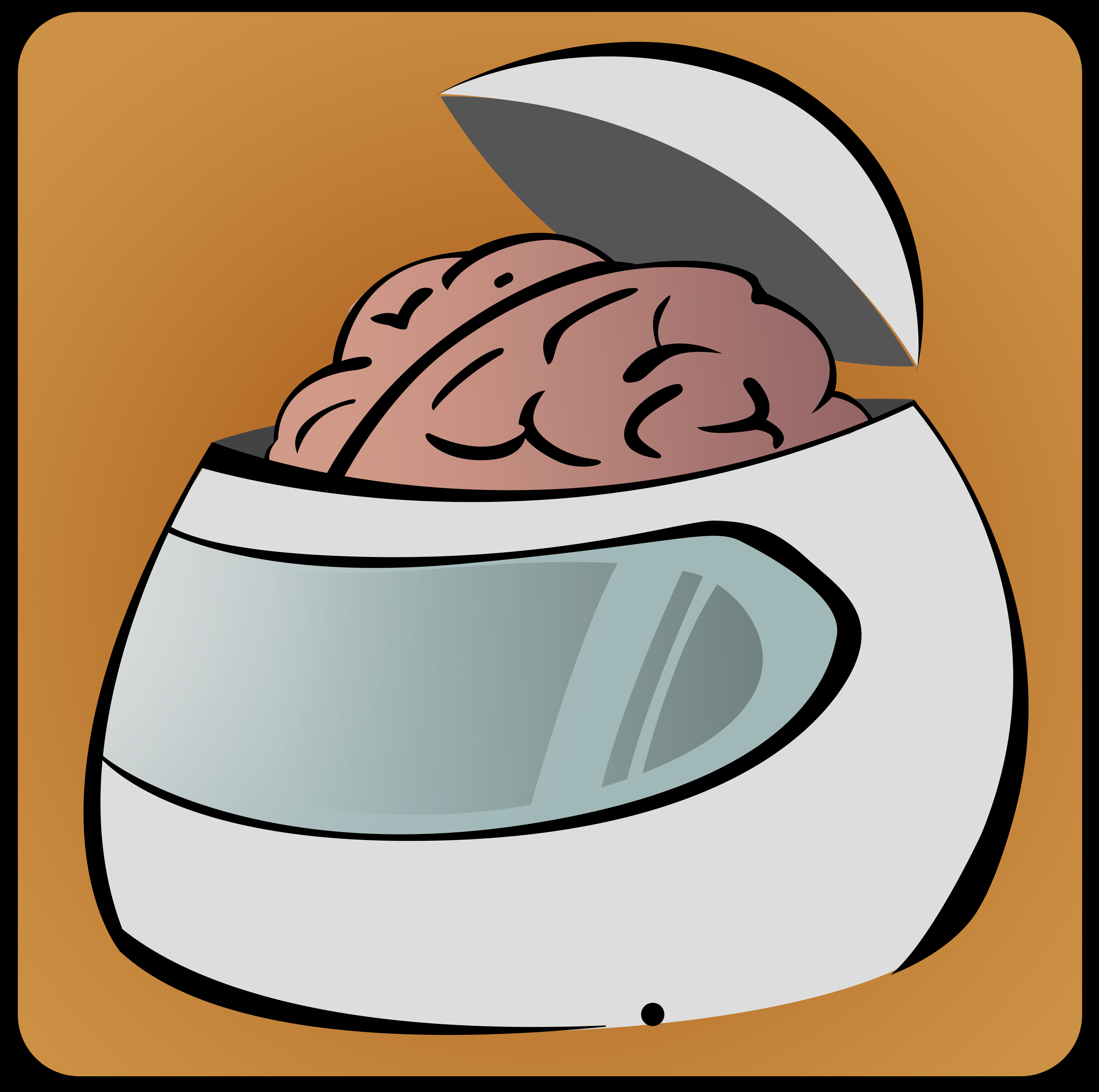Mechanicals
When I was a young child my favorite thing to do was help my uncles on the farm. It was hard work but spending time with them taught me a lot. Some weeks we'd be building miles of fencing, or laying reinforced concrete, or building irrigation pumps from wrecked cars.
And if I was really lucky, I'd get to drive a tractor in circles for 12 hours a day, for weeks on end. And I didn't mind this. I got paid good pocket money and I learned how to listen to an engine. I learned what a motor sounded like when it was running well versus running rich. I learned how to listen for timing problems and pre-ignition and what a motor sounded like when the fuel filter was getting clogged.
But my favorite activity of all was what happened after one of those many car, truck, excavator, harvester or tractor engines went 'bang, rattle, rattle, rattle'....
My uncles were both trained mechanics, one was actually an automotive engineer. Whenever an engine needed work I knew there was nothing they couldn't fix and I always looked forward to seeing how it would be done.
Working on the farm was serious business. Whenever a vehicle was being repaired it wasn't making money so the pressure was always on to get the repairs done quickly. As a kid, it was my job to fetch the tools required for the next step in the operation. I had to watch what was going on, listen to my uncles and understand what they would need next. I knew the penalty for not paying attention - I'd have to go back to the house and work with the women who were likely baking or making jam... That's a whole different story...
So there I was, a kid aged anywhere from 10 to 19, watching intently as my uncles tore open a 10 ton tractor transmission, a combine harvester engine 20 feet off the ground, a car engine with a thrown rod, or an axle from a tractor-trailer.
The education from this experience was powerful. I never sat in class or took a written test, yet every day was a test. That oven was always a single mistake away...
My uncles always taught me that force travels through a path, nothing ever fails for no reason, and the only way to fix something is the right way.
These lessons faded into history when I went to college. I immersed myself in computers and engineering but was always dissatisfied with the cursory nature of the education I received. I always felt that we never learned anything in detail. As soon as things were getting interesting it was time to sit a test and then forget everything that we just learned in order to focus on something completely unrelated. I walked away with a rudimentary education in computer programming and engineering in advanced composites, the kind that left me unprepared for any career.
Fortunately I found a job in an insurance company working on mainframe computers (hey - don't laugh, it was the '80s). After I'd been working for a few years I decided to try riding motorcycles again, for the first time since herding cattle on the farm ten years earlier.
The rest was somewhat predictable; I enjoyed riding so much I decided to try riding on a track. That turned out to be so much fun I bought a track bike and started racing. This was fun, but I found myself looking for an opportunity to pull the motor apart and look at how it worked.
After a few races it was time for a refresh of the little 2-stroke engine. I was so excited I could barely stand it.
I mentioned my plans to rebuild the engine myself at the last race of the season and was shocked when I heard the responses;
- "Don't do it, get a professional."
- "You'll make a mess and it will cost you more in the long run."
- "No one can rebuild their own motor, they're too complex."
- "The tools cost too much."
I couldn't believe this reaction. My friends made it sound like these simple little 2-stroke motors contained nothing but magic and mystery. But I had spent my childhood learning how the combustion process works. I'd rebuilt several 10-liter tractor motors, I swapped the motor in my mother's car when I was 14. I had rebuilt countless 302 chevy engines with my uncle. I revived a 200ci straight six with a PowerGlide transmission when I was 15. A little 2-stroke was about as complex as a sun-dial in comparison.
Sure enough, with a workshop manual open beside me, I finished the rebuild of the little RGV motor in no time at all. In fact I couldn't believe how easy it was. With no valvetrain to worry about a 2-stroke motor is rudimentary in its operation.
At the next race people were suspicious when I mentioned I had rebuilt the motor myself. When said engine finished the weekend without exploding the suspicion seemed to fade, but there was always an element of distrust when I mentioned the work I had done.
Completing that first rebuild reminded me how much I enjoyed the work. It can be very satisfying to open up a motor with a distinct knock and then take it for a test ride the next day and hear instead a perfectly running motor.
I started branching out and stripped my girlfriend's bike. It was a Kawasaki BR 250, a street bike with an electric start version of the KLR 250 motor. It had lost compression to the point where it could only be started by rolling it down a long hill. Perhaps unwisely I didn't ask permission to do the repairs. I think I just mentioned my plans, and before she could comment either way the motor was open and spread over my garage. This time cams and valves were involved but it made little difference. I knew what TDC meant, I had a torque wrench, and I had a service manual. There's not much you can't achieve with these.
Sure enough, the next day I thumbed the starter and it cranked once then fired up. It purred smoothly and the girlfriend seemed non-plussed. Her father was also a mechanic whenever he left the boardroom.
Confidence is a fickle thing, though. My next bike was a highly tuned V-4 race bike and I was a little intimidated. It had been an expensive purchase and while I was confident I could maintain it as well as anyone, I knew there was a lot I didn't know about these things. With this in mind, for its first regular maintenance I took it to a dealership. I didn't have valve shims and I knew they were needed.
Two weeks passed before I could bring it home. My curiosity got the better of me and I opened up the motor just to see what they had done. I wanted to learn whatever I could.
Lucky thing...
Within seconds I could see some problems. If I'd hit the starter button with the cams installed as they were there would have been some serious damage. The so-called professional mechanics had made such a mess of the engine it was a disaster waiting to happen. They obviously hadn't started it themselves to check their work... Thank goodness. After a few hours spent removing the cams and reinstalling them correctly the motor was ready to run. Fortunately, the rest of the work had been done correctly and the engine ran well, but I'll never forget the chills I felt when I saw those camshafts installed incorrectly.
Since then I've been fortunate enough to have the time to do all my own mechanical work. I've adjusted valve clearances, swapped clutches and diagnosed electrical problems, even rebuilt a wiring harness from scratch. I rebuilt several Ducati engines, a KTM, Suzukis, Yamahas, and Hondas. And all of this was possible as a result of the training I received as a kid, lifting tool boxes that weighed almost as much as I did, getting covered in grease and dirt and hydraulic fluid, determined to do a good job helping my uncles so I wouldn't have to go inside and help cook.
How does this relate to us as riders?
I do a lot of tech inspections. Hundreds. And when I see a drive chain thats so tight the chassis creaks when the rider gets off the bike, I groan inwardly. At COTA a few years ago, there was an epidemic of expensive German motorcycles with chains adjusted this way. When asked, each rider said the bike had just been fitted with new tires at the dealership. Because these owners trusted the technicians at the dealership they didn't think to check the work. Several didn't even know what the proper tension should be.
So here's a suggestion. The chain is the easiest part of a bike to inspect. There's a sticker on the swingarm that shows how much vertical movement there should be. If the middle of the chain doesn't have around 2 inches of free play, it's too tight. Check it after the tires have been changed and if its bow-string tight, it's time to adjust. It's an easy process, and there are hundreds of videos showing exactly what to do on YouTube.
But the fact is, the chain is not the issue. The issue is taking the first step. Many people say they don't know how to work on their bikes so hand it off to someone else to do the work for fear of doing something wrong. But once we take the first step, the rest is a lot easier. Start with the chain, then how about an oil change? Again, YouTube is a great resource.
The chain, an oil change, then perhaps a brake fluid change. Small steps, with guidance, and the result is the work is done by someone you can trust.
Yes, mistakes will be made, and lessons will be learned. But the result will be a smarter, more informed rider, someone who knows how to change their oil safely, someone who can swap wheels and adjust a chain, bleed brakes and flush coolant.
And the money saved by not paying someone else to do these jobs can go a long way. A new set of tires, another track day, a new helmet. And the confidence and satisfaction knowing that you did the work properly can't be quantified.
Just one suggestion, save the beer until the work is finished…

Image by Capri23auto from Pixabay

